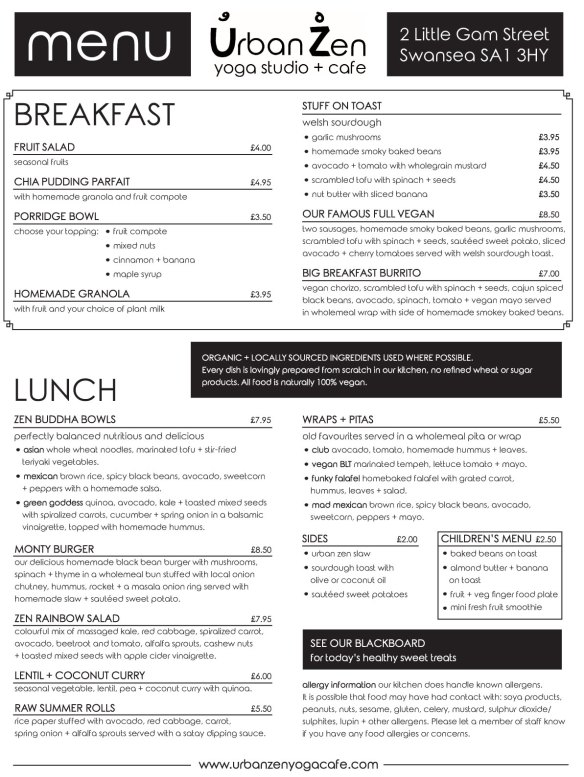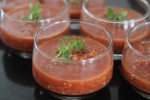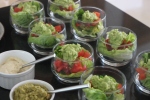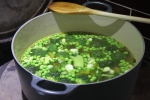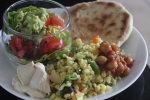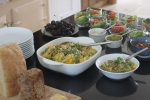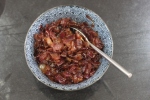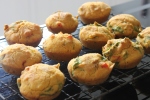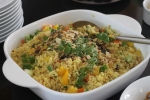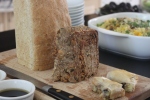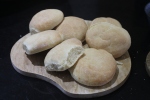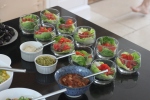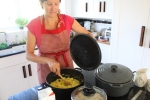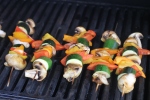
The problem, sometimes, with being someone who just loves cooking, is that you can have too much great food! Being a vegan chef means I certainly never, ever, miss out on anything. You name it, I will cook and eat it (if it comes from plants, obviously!).
So this December I’ve been doing just that, at work and at home. Squash and Spinach Filo pies, soups, salads, sweet potato chips, mayonnaise, vegan cream cheese, roasted veg, stuffing, sourdough spread with avocado and Marmite, dahls, chapatis and rice, raw chocolate, raw cake, crumbles, puddings, mince pies, chocolate, more chocolate, udon noodles, edamame, tempura vegetables, ice cream, deluxe chestnut, shallot and mushroom tart, roast potatoes… the list just goes on.
But somewhere, we have to create a balance. Even when you are eating home cooked, delicious vegan food, sometimes our bodies just need a break. Digesting rich foods takes power, it takes energy. After completing a four day yogic fast in the summer, I saw how you can actually increase your energy by fasting and then temporarily eating less and more importantly, eating a bit differently.
I am a realist however and not a food saint. I’m going to share a nutrient packed, colorful, fresh and mostly raw dish and juice to give your body a little rest and a boost.
I’m not saying I’m going to be jumping on the New Year detox bandwagon tomorrow and I’m not suggesting you do either. I’m hoping to embrace a more rounded and sustainable approach. By incorporating more raw fruit and vegetable based dishes and drinks into your diet in general you can give yourself a gentle daily boost that won’t leave you beaten and reaching for that coffee and cake because you’ve simply gone all-out too intensively after a season of indulgence.
Today I started the day with a cup of hot water and a slice of lemon, to get the digestive system moving. I followed this with a cup of matcha green tea, to give me an easy mood and energy lift. This was followed by two pieces of wholemeal toast with almond butter and banana.
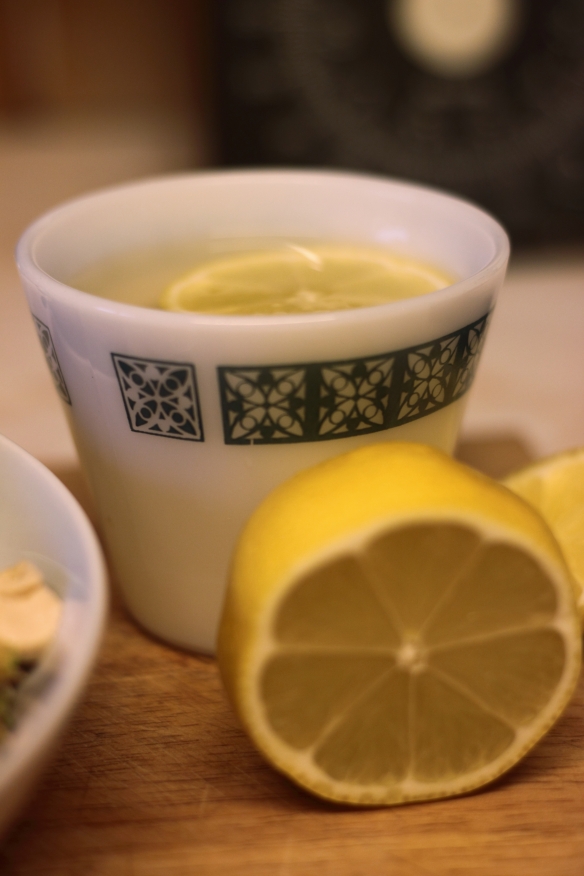
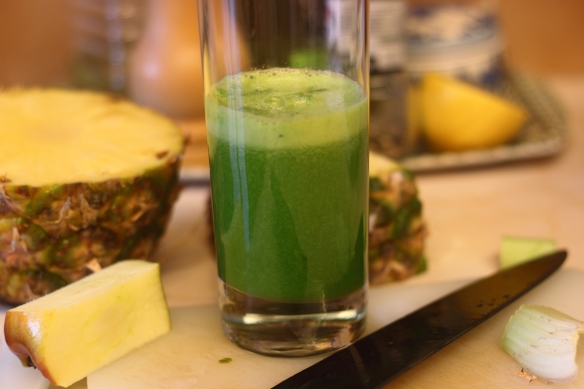
Mid morning I had my Supergreens Juice. Nutrient packed, this tangy and wholesome juice will really get you off to a great start!
Supergreens Juice
Serves 1
Pass the following ingredients through your juicer, and enjoy!
5 romane lettuce leaves or other lettuce leaves
2 handfuls kale
2 handfuls spinach
1 apple
1 stick of celery
6 mint leaves
1/4 pineapple
If you don’t have a juicer, but only a smoothie maker like a Nutribullet, you can make a Supergreens Smoothie instead:
2 romane lettuce leaves or other lettuce leaves
2 handfuls kale
2 handfuls spinach
6 mint leaves
1/4 pineapple
Dash of lemon juice (optional)
Topped up with 1/4 cup of water or more to reach desired consistency if the smoothie is too thick. You can add the apple and celery, but they give a lumpy consistency when blended.
For lunch I put together a salad bowl of Raw Squash Spaghetti, Toasted Pumpkin Seeds, Hummus, Edamame, Peppers, Lamb’s Lettuce and Raw Vegetable Cous Cous.
Super Raw Salad Bowl
Serves 1
2 handfuls lambs lettuce
1/4 small butternut squash or carrot, spiralized or grated
2 tbsp hummus (homemade or shop-brought)
1 tbsp fresh edamame
3 tbsp mixed diced pepper
3 tbsp raw vegetable cous cous
How to make Raw Vegetable Cous Cous
Serves 2
Raw Vegetable Cous Cous is the latest thing! You can ever buy it in Tesco. It’s great for a raw meal and especially handy for wheat-free diners.
This variety was made by placing the following ingredients into my food processor and blending in turn:
1/4 head broccoli florets
1 raw beetroot, peeled and cubed
2 carrots, washed and roughly chopped
1/2 red onion, roughly chopped
4 baby corn
Dressed with 2 tbsp of apple cider vinegar mixed with 2 tbsp olive oil, cracked sea salt and black pepper. Add in different veg to see how it turns out! for example cauliflower or peppers.
Here’s another recipe for an amazing looking Raw Veggie Medley Cous Cous to give you some more ideas.

So why not treat yourself and your body to some fresh, raw and lively foods this January, if not everyday, whenever you feel like you need a lift and your body needs some TLC.
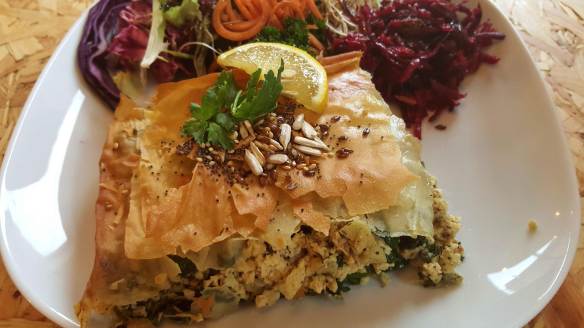





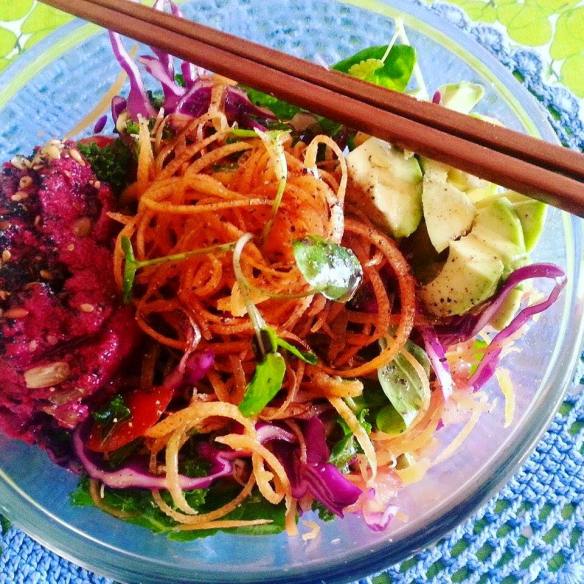 It’s been a month since Swansea’s first vegan cafe and yoga studio opened its doors.
It’s been a month since Swansea’s first vegan cafe and yoga studio opened its doors. 